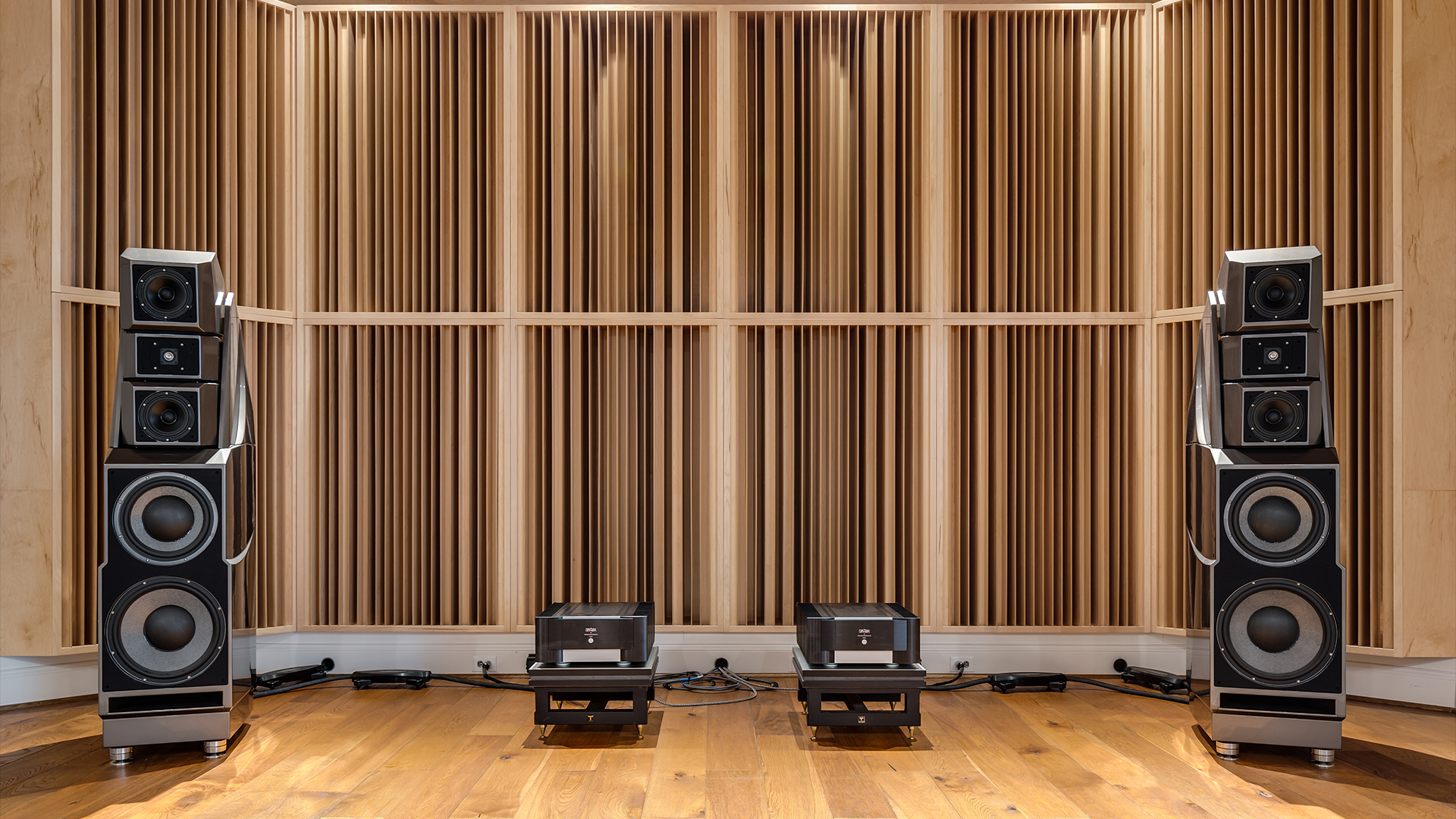What is the best wood for acoustic panels? It depends on which type of acoustic panel you are talking about. If we are discussing sound-absorbing panels that have fabric covering then the wood type does not really have an impact on performance. If we are discussing diffusers, then the wood type does have an impact on sound quality. Sound absorbing panels have an internal fill material that creates the sound-absorbing qualities of the panel’s design. The wood used in the cabinet or design of the panel has no impact on the performance of the product. The wood used in a diffuser has a direct impact on the sound quality since both absorbing and diffusion technologies operate within middle range frequencies. The type of wood that you use in a quadratic diffuser has a direct impact on the middle range frequencies that it works within. There are two basic wood types that we can use. We can use softwood or hardwood.
Wood Differences: http://www.nzwood.co.nz/faqs/what-is-the-difference-between-hardwood-and-softwood/

Quadratic Diffusion
Quadratic Diffusion is a technology that has a series of wells or troughs. Each well or trough diffuses energy back into the room at quarter wavelength. Each well width diffuses energy at half-wavelength. A quadratic diffuser has a frequency response just like a speaker. There is a lower frequency they work at and a high-frequency limit. A quadratic diffuser must be positioned based upon distance from the diffuser to the listener. There must be enough distance for the lower frequency waveform to fully form. Therefore, diffusers are distant dependent just like speakers. You must have a certain minimum distance between your speakers and your listening positions. The same thing is true for diffusers. You must have enough distance between the lowest octave in the diffuser prime number and your ears.
Diffusion Vs. Redirection: https://www.acousticfields.com/essential-differences-sound-diffusion-vs-sound-redirection/
For quadratic diffusers, we need to use a softer wood. Softer woods produce a better tonal quality when it comes to mid-range frequencies. We have tested many wood types and found that cherry is the best wood in acoustic panels of this type. Cherry wood produces the best tonal qualities for mid-range A quadratic diffuser is a technology that reduces the impact of reflections from our room boundary surfaces. It makes our brains think that the reflection from the room boundary surfaces is not as strong as it was and this produces a nonlocalized effect. It makes our brains think that the surface is farther away than it really is. In order to achieve this impact, a softer wood will sound more natural in a quadratic diffuser. It will produce smoother mid ranges where our music and voice are the strongest and have the largest impact on what we hear.
A quadratic diffuser is a technology to make a small room sound larger. It accomplishes this by reducing the impact of reflections on our ears and thus our brains. Quadratic diffusers are used within recording studios, home theaters, and churches. It is a technology that has a frequency response just like a speaker does. It can be placed on wall surfaces to minimize the impact of the reflections from those surface areas. In common terms, it takes large reflections and breaks them down into smaller ones. The smaller reflections have less energy and thus impact our hearing in a different way than a large reflection from that boundary surface. With smaller reflections, our brains will have difficulty in determining a distance. A diffuser will make your room sound much larger than it is. Using the best wood in acoustic panels that are diffusers such as cherry will produce a smooth middle range where our vocals lie.
Quadratic Diffusion: https://www.acousticfields.com/product-category/sound-diffusion/qd-series/
Sound Redirection Treatment
A quadratic diffuser is an acoustic tool that you use to manage reflections. A sound redirection device is a tool that redistributes energy out in the opposite direction that it struck the sound redirection device. We have all seen sound redirection devices. They are hemispherical shaped objects that look like half-moons. The sound strikes the surface at a certain angle. It then is redirected the opposite angle and direction. It corresponds to angle of incident equals the angle of refraction. It is not a true diffusion technology. It is a sound redirection technology. It is one step better or one step worse depending on the usage of the room. These redirection devices are not used in critical listening rooms such as mastering or mix rooms.
Usage, Usage, Usage
The usage and size of the room determine what type of diffusion to use. With quadratic diffusion, we have to decide what prime number sequence to use in what usage type. If we have a live room where we record music and voice, we will need diffusion on the ceiling and rear walls. If we have a home theater, we will need diffusion on the ceiling and rear walls. For a critical listening room such as two-channel playback and mix rooms, we will use diffusion on the rear wall to avoid that slap back reflection at the listening and monitoring positions. What prime number quadratic diffuser to use in each application will depend entirely on the distance from the wall surface area and the listening position. How much surface area to cover on the ceiling and walls will depend on the size of the room, the size of the speakers, and the pressure levels used within the room usage.
About Us At acoustic Fields: https://www.acousticfields.com/about/










Hello Mr. Foley,
Wondered if cutting a few inches of width or length from your 2″ thick Acoustic Fields Foam would change its’ function and not be recommended.
In other words, can the foam be cut to fit the frame ?…or…should the frame be cut to fit the
foam ? Thanks……glad to find your U Tube and Web info………Scott
S, It’s all about surface area and square footage of coverage to match usage. Foam is difficult to cut and get a straight edge. We can cut any size and quantity you need. What is your usage?